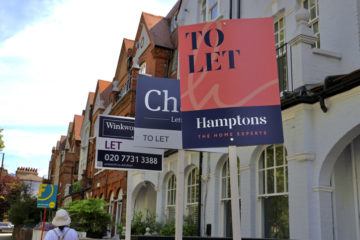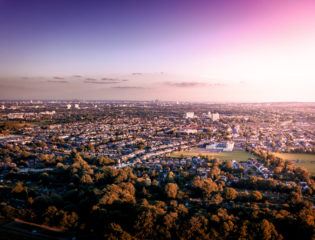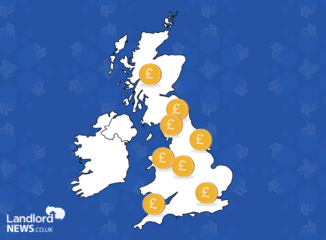Rental demand has returned to London, says lettings portal Rentd
The London rental market has seen a quarterly increase in rental demand during the first quarter of 2022, according to research from lettings portal Rentd.
The research looked at the hottest spots of the London rental market based on the proportion of total rental stock currently available on the market that has already been snapped up by tenants, as well as how this demand has changed over time.
Returning rental demand in London
The figures show that London rental demand was at 42%, climbing 4% on the previous quarter.
Waltham Forest has seen the largest increase in tenant demand, up +16% during the first three months of the year, with Redbridge (+12%), Barking and Dagenham (+11%), Havering (+11%) and Hounslow (+11%) also seeing some of the strongest uplifts.
Only eight boroughs have seen a decline in rental demand since the end of last year, with the majority found in the prime London market. Merton (-12%) has seen the largest quarterly decline, with Tower Hamlets (-4%), Islington (-3%), Southwark (-2%) Kensington and Chelsea (-2%), Kingston (-2%), Westminster (-1%) and Camden (-1%) also seeing a decline.
London rental market hotspots
Bexley, Waltham Forest and Bromley rank top for current rental demand, where 60% of all rental properties have already been taken off the market during the first quarter of this year.
Havering and Sutton have also proved popular amongst the capital’s returning tenants, with demand at 56% and 55% respectively.
Kensington and Chelsea and Westminster are currently the least in demand areas of the London rental market, with demand at just 15%.
Ahmed Gamal, founder and CEO of Rentd, comments: “The London rental market has been particularly hard hit during the pandemic and with a lack of both foreign and professional tenant demand, landlords have had to slash their rental price expectations simply to avoid long void periods with no income at all.
“This has led to surges in demand over the last year as tenants have looked to take advantage of these much lower rental values but the London rental landscape has been unsettled, to say the least.
“However, this year has brought a rejuvenated level of certainty to the market, spurred by a return to the workplace and an uplift in rental demand for London properties. As a result, we’re seeing rental values return, and exceed, pre-pandemic levels in many parts of the market and this will be very welcome news for the capital’s landlords.”



